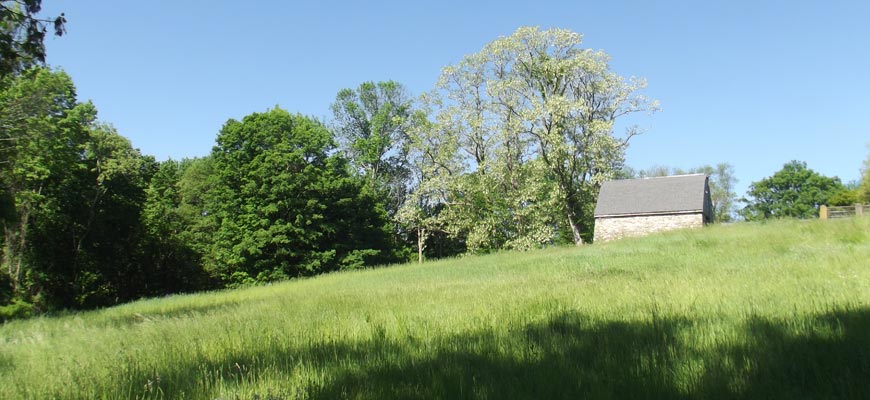
Bird Conservation
Research
- Long-term monitoring for Eskimo Curlews:
- Conducting systematic searches of former fall stopover locations to detect the presence of surviving Eskimo Curlews.
- Forest bird communities:
- Characterizing the population distributions and habitat associations of all forest bird species of southern New England.
- Examining how environmental factors determine the geographic distribution of forest bird diversity.
- Examining how environmental factors influence seasonal shifts in the population distributions of permanent resident forest birds.
- Investigating the role of habitat fragmentation on the regional structure of forest bird communities.
- Marsh bird communities:
- Determining the underlying causes of the species-area effect in marsh bird communities
- Understanding how species-area relationships can be used to design wetland wildlife refuges.
- Endangered species conservation:
- Developing a continental approach toward prioritizing species endangerment at the state level.
- Establishing a long term monitoring program to detect the presence of surviving Eskimo Curlews
Education
We are developing a series of high level educational resources that are based on modern learning theory and that will advance the state of environmental education. These include:
- PowerPoint presentations that include college courses on Environmental Science and Endangered Species Conservationan provide a level of sophistication not otherwise available in commercially produced PowerPoints.
- Video productions that focus specifically on the Environmental Science curriculum.
- Lab investigations that improve the level of sophistication of Environmental Science activities. They focus on advanced concepts and on the rigorous use of the scientific method in hypothesis testing.
Bird Conservation blog
We maintain a popular blog that provides current information on our ongoing projects.
It may be accessed here:
